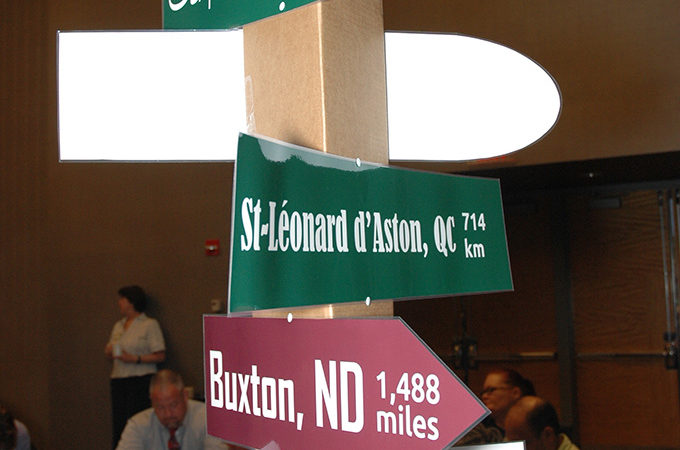
Think about the process of getting a driver’s license. You must take a driving class, pass an exam, pay a fee, and, at first, demonstrate your driving skills to a qualified professional. Once those requirements are met, the state, province, or territory where you live will issue you a driver’s license.
Similarly, an aspiring licensed social worker must earn a social work degree, pass a licensing exam, pay a licensing fee to the state, province, or territory, and, in some cases, demonstrate his or her social work skills to a qualified professional through supervised practice.
The big difference between any professional license and a driver’s license is one most people never think about. When you take a cross-country road trip, you don’t need to stop at each border and apply for a new driver’s license. The one issued by your home state is honored everywhere else. When you move from one state to another, you don’t have to prove that you’re qualified to drive. You can just submit your valid driver’s license from one jurisdiction and receive a new one in another jurisdiction—that’s reciprocity.
But professional licenses operate differently. Standards and procedures can vary, and almost no professional license can simply be “swapped” for one in a new jurisdiction. While state, provincial, and territorial requirements for social work licenses are more alike than they are different, subtle differences in requirements can lead to confusion and frustration when licensed social workers apply for a license in another jurisdiction.
In a world where people lived in the same community for most of their lives, that wasn’t a problem. In a world where social workers served all their clients in person, that wasn’t a problem. In a world where the job market for social workers was more clear cut, that wasn’t a problem.
But we don’t live in that world anymore.
That’s why ASWB is leading this initiative to achieve social work practice mobility.